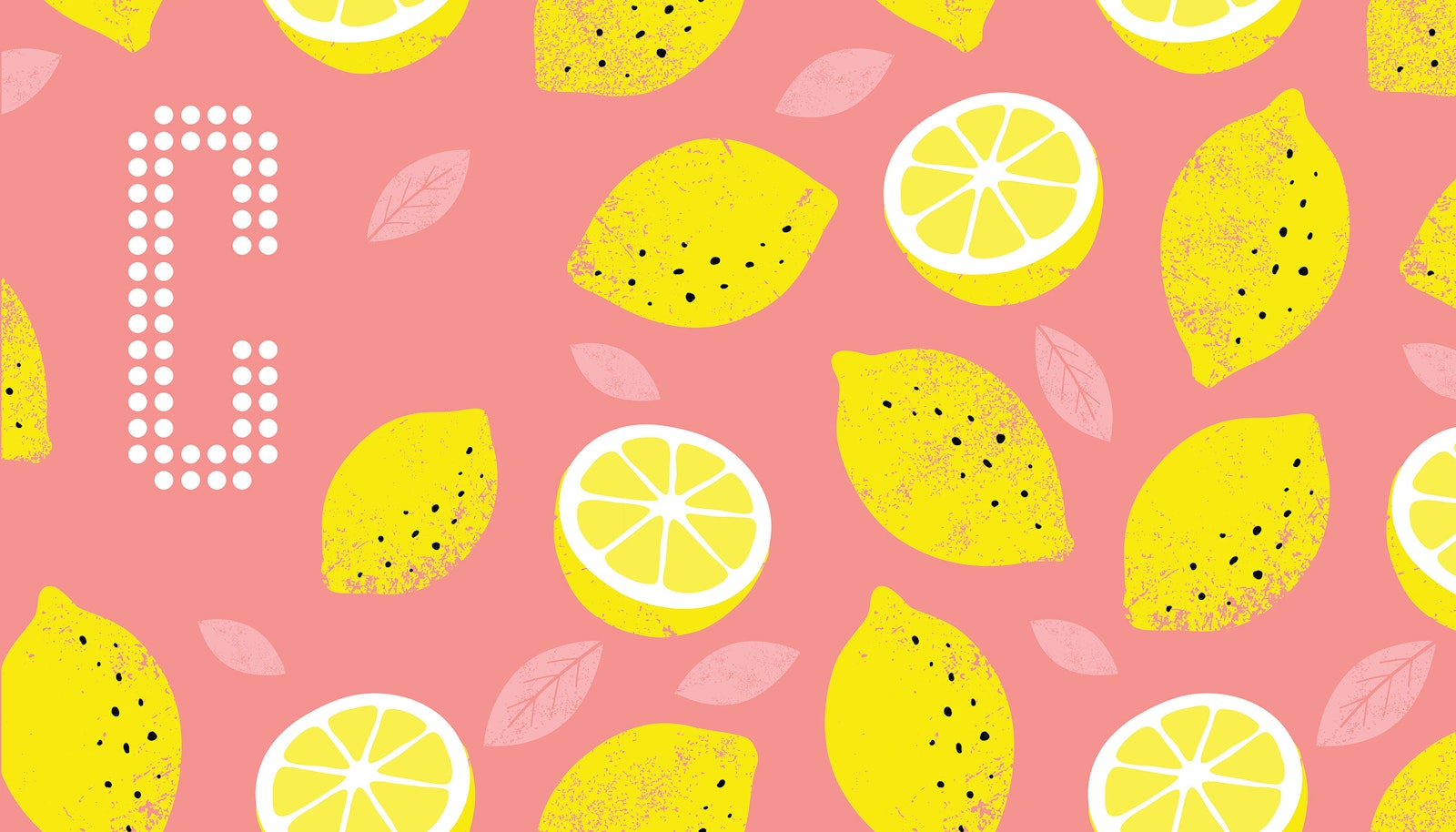Turning Orange Soap into Lemonade

Adaptative Marketing for a Brave New World.
Our current circumstances have had us so focused on finding the essentials, I worry we’re missing some of the extraneous, but no less valuable insight that this unique situation offers.
An unprecedented set of events is compelling consumers to rush for what they deem “essential” products, and they waste little time browsing preferred brands, scents or flavors to quickly loading up the cart. I’ve seen more than a few of my fellow shoppers waste little time locating toilet paper, heading directly to the relevant section of the store before shopping for any other “non-essential” items — making a beeline for their behinds, if you will.
While the consternation (nope, I said consternation) I see on the faces of others in these situations can be a tad concerning, behaviors you notice in the aisle can be fascinating if you slow down enough to observe them.
First, brand loyalty goes out the door. If you had too much coffee this morning you aren’t going to stick around and wait for the Charmin to show up. If you have a real and immediate need, you’ll settle for Angel Soft, regardless of the quantity, ply or strangely pleased baby on the packaging. Brands must take Maslow’s approach and be careful to make sure basic consumer needs are met before promising them the “self-actualization” that comes with being loyal to their specific brand. In short, brand loyalty doesn’t keep consumers happy (or relieved) if your brand isn’t available to fulfill their needs.
Scarcity provides deeper insight into consumer preference. When a literal run on the market occurs, you can see what products people prefer to be with when they lock themselves away. I’m not quite sure why some are afraid of starvation, the rice may be sold out, but there’s PLENTY of parmesan flavored quinoa in the aisle. Beef and chicken may be in short supply at times, but have you seen how many bags of frozen fish are just lying around?
Any thrifty marketing professional could ditch the focus groups for the next few weeks (because let’s face it, it’s hard to shout opinions in a circle where people are all sitting 6 feet apart) and just walk around their local grocery store to examine the behaviors consumers are exhibiting towards their product category or brand.
Not only are we able to identify preference in product type in situations like these, but preference for specific product attributes. If a brand is one of the only brands left available, all you need to do is take a quick glance at the shelf to attain even deeper insight on consumer preference.
Let’s say you’re in the market for some chicken. A cursory glance of the poultry aisle gives you peace of mind that the freezers are full and chicken isn’t yet sold out. But as you look for the more specific chicken breasts you originally came for, do you know what you find in the freezers instead? Drummies. Just drummies.
A sea of chicken drummies.
When category demand is high, we see what consumers truly crave and (just as importantly) what gets left behind.
Obviously the “chicken drummie phenomena” applies to a whole range of products. Have you noticed the plethora of orange scented hand soaps just hanging out on the otherwise barren shelves? When there’s only so much to go around, the preferred and the popular go the fastest.
Just like senior prom…
Since the preferred dance partners of many are currently out of stock, we’re left to examine the leftover, Breakfast Club like band of misfit products left behind and learn from their solitude on the shelves. While the insights this phenomena provides don’t necessarily produce what we’d call “hard data”, they’re certainly enough to spark hypotheses and give direction to future discovery. Certainly the overall situation we find ourselves in at the moment may be difficult and unfortunate, but my advice to any nimble marketing or brand professional out there? Take the time to see what is selling and what is not. Examine what people feel they can live with and what they can’t live without. Take a deep breath and convert a period of uncertainty into a time of new discovery.
Make insight out of empty shelves. Make availability, not excuses, out of unprecedented demand. Make opportunities for better connection with your consumers’ needs out of this period of isolation.
Make lemonade out of lemons.
Or, more accurately - out of orange scented soap.


